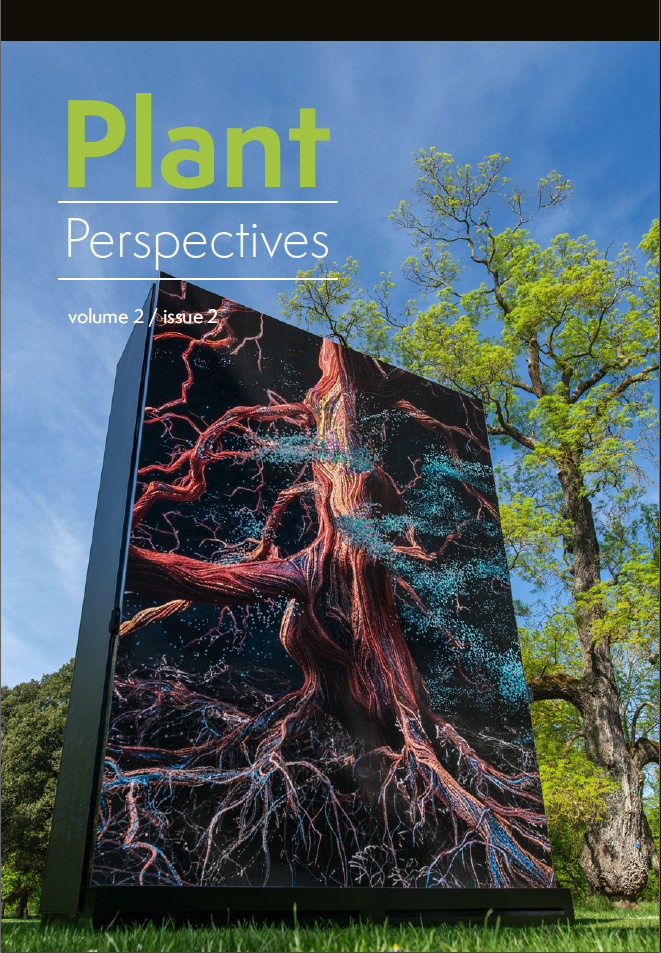Published 2025-09-29
Keywords
- Percy Bysshe Shelley,
- William Wordsworth,
- Romantic Poetry,
- Poetics,
- Arboreal Humanities
How to Cite
Copyright (c) 2025 Amanda Blake Davis

This work is licensed under a Creative Commons Attribution 4.0 International License.
Abstract
William Wordsworth, deemed the ‘Poet of Nature’ by Percy Bysshe Shelley, is well known for his affinity with trees. This essay directs attention to Shelley’s arboreal poetics of place through Wordsworthian allusions in Alastor and related compositions. Shelley’s trees branch throughout his various forms of composition, from the drawings of trees in his manuscript notebooks, to rhetorical figures within his poems and descriptions of trees observed in letters. Contrary to Shelley’s apparent rejection of Wordsworth in the Preface to Alastor, the ‘woodland state’ of a related poem, ‘Verses Written on Receiving a Celandine in a Letter from England’, underscores the persisting importance of Wordsworth’s place in Shelley’s arboreal poetics.

